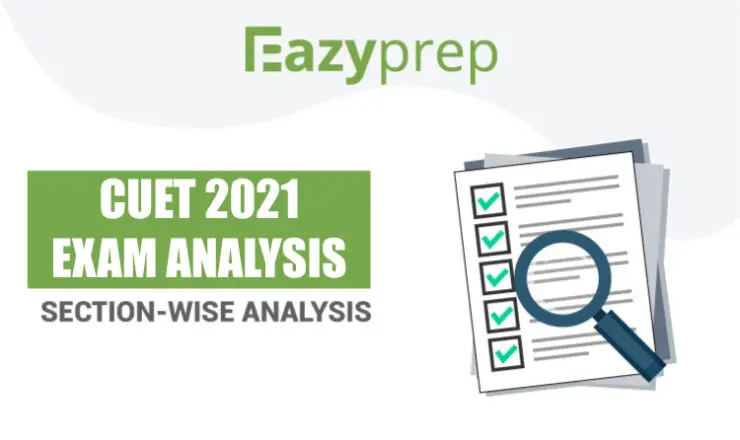![]()
CLAT Exam Pattern is important to look at while preparing for the CLAT entrance exam. It is the entrance exam to all law programs available in National Law Universities or NLUs and is conducted by the Consortium of NLUs. The eligibility criteria to appear for the CLAT is the completion of 10+2 or an equivalent examination with English as a subject, from a recognized board.

CLAT Exam Pattern
The CLAT Exam has a total of 150 questions. Each correct answer is given one mark, while -0.25 marks were deducted for each wrong answer. The exam is two hours long and is conducted in both English language.
Given below is an overview of the sections in the CLAT Exam pattern, the number of questions in each one of them, and the difficulty level:
| Sections | No. of Questions | Difficulty Level |
| English | 30 | Low |
| General Knowledge and Current Affairs | 30 | Moderate |
| Legal Reasoning | 30 | Moderate |
| Logical Reasoning | 30 | Moderate |
| Quantitative Techniques | 30 | High |
Difficulty Level of CLAT
The CLAT exam is very easy if you have prepared well. The first step is to analyze the syllabus and choose appropriate study materials. The 10th and 11th standard textbooks are a good place to start, to be thorough with the basics. You can then go on to refer to other books, but make sure that they are of the updated syllabus. Given below are the different sections of the CLAT exam pattern and their features, for you to can get an idea about the difficulty level of each one of them:
English
- This is the section in CLAT where you can score the most marks.
- The Grammar concepts you learned in school are asked.
- Greater attention should be given to cloze tests since they constitute a larger part of the section.
General Knowledge and Current Affairs
- Questions about domestic and international current affairs are asked.
- General knowledge questions are based on subjects like history and science.
- This section, according to candidates, is moderately difficult.
Legal Reasoning
- No syllabus is prescribed for this section as it tests your basic knowledge in legal affairs.
- It also evaluates your knowledge of recent and important legal events.
- The questions in this section need to be objectively answered after careful analysis.
Logical Reasoning
- Constant practice is required for this section.
- The questions are mostly easy, but a few among them are tricky.
- A large percentage of the total questions are asked from topics like number series, verbal reasoning, statements, assumptions, etc.
- Time management is important for this section since you can spend a lot of time trying to figure out the answer to a single question, when compared to other sections of the CLAT exam pattern.
Quantitative Techniques
- The two important concerns when it comes to this section are the number of questions you get right and the time you take to answer them. Ideally, you should take the minimum amount of time to answer the maximum number of questions.
- Basic concepts of math you learned in school are asked.
- You would also have to constantly practice solving questions to improve your speed.
- This section has seen questions being asked from Mathematics textbooks of the level of classes 9th and 10th.
- This section is moderately difficult, though candidates having an interest in mathematics find it comparatively easier than the others.
Time management is key during the exam so it is important to not linger on a question that you do not know how to solve, trying to figure it out. Attempt all other questions and then come back to the ones you don’t know with the extra time, especially those in the sections Logical Reasoning and Quantitative Techniques.

Also, make sure to take CLAT mock tests and evaluate yourself using CLAT previous year question papers and pay attention to the subjects you score less in. Try to improve yourself in those sections and once you’re done, you will be completely prepared for the CLAT Exam, which would by then be very easy for you. Hope this article gave you an idea about the CLAT Exam Pattern. To check out further details about the preparation strategy for CLAT, take a look here.

